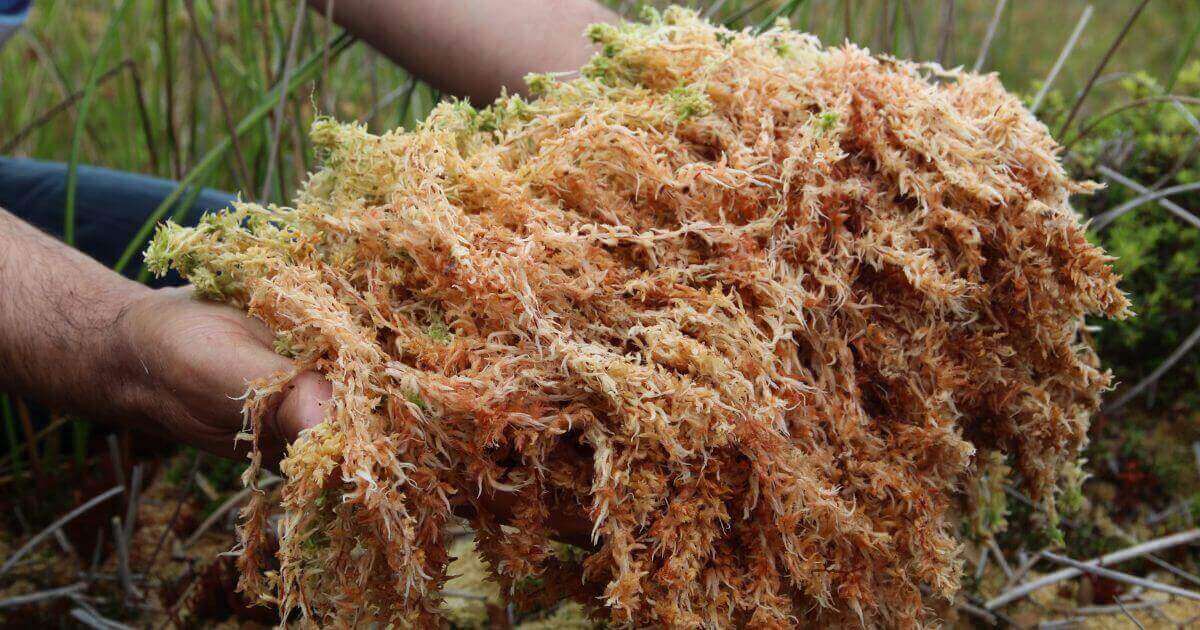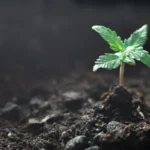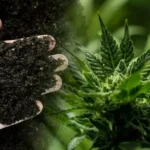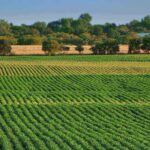When it comes to gardening and horticulture, spagmoss and peat moss are widely used materials with distinct characteristics, applications and environmental implications. While they both originate from sphagnum moss, the implications of each vary significantly. Understanding these differences is crucial for choosing the right material for your gardening needs and minimizing environmental impact.
What is Spagmoss?
Spagmoss refers to dried, long-strand sphagnum moss, typically harvested live from the surface of wetlands. Known for its light, fibrous texture, it is commonly used in horticulture, particularly for:
- Orchid Growing: Ideal for orchids and other epiphytic plants due to its excellent water retention and aeration properties.
- Soil Amendment: Improves water absorption and airflow in potting mixes.
- Propagation Medium: Encourages root growth in plant propagation.
Spagmoss retains moisture while allowing proper drainage, making it suitable for plants that require specific moisture levels.
What is Peat Moss?
Peat moss is derived from decomposed sphagnum moss found in the lower layers of peat bogs. Unlike spagmoss, it has a dense, fine texture and is commonly used for:
- Soil Amendment: Improves water retention and nutrient-holding capacity in garden beds.
- Seed Starting: Provides a sterile, nutrient-rich environment for seedlings.
- Acid-Loving Plants: Ideal for crops like blueberries that thrive in acidic soils.
Peat moss has high water retention but poor drainage, making it less suitable for plants requiring well-aerated environments.
Environmental Considerations
Sustainability
Peat moss, specifically Sphagnum moss, grows very slowly, taking thousands of years to fully regenerate in a peat bog, making it essentially non-renewable; while the top layer of the moss may grow back within a few years, the deeper peat deposits take an extremely long time to form again due to the slow decomposition process in bog conditions.
- Slow growth rate: Sphagnum moss grows around 0.75-4.75 inches per year.
- Peat formation: As the lower parts of the plant die, they accumulate at the bottom of the bog, gradually forming peat.
- Harvesting impact: Harvesting peat moss disrupts the natural cycle, and large-scale harvesting can significantly impact peatland ecosystems.
Spagmoss is harvested from the living layers of sphagnum moss, often in sustainable operations that allow regrowth. When sourced responsibly, it has a lower environmental impact compared to peat moss.
Peat Moss and Its Carbon Footprint
Peat moss extraction involves digging into ancient peat bogs, which act as significant carbon sinks. Harvesting peat moss releases stored carbon dioxide, contributing to greenhouse gas emissions. Additionally, peat bog destruction reduces biodiversity and disrupts ecosystems.
Which Should You Choose?
- For Sustainability: Spagmoss is the more eco-friendly choice, particularly when sourced from certified sustainable suppliers.
- For Water Retention: Peat moss is better for plants needing consistently moist conditions.
- For Aeration: Spagmoss excels in providing airflow, making it suitable for orchids and propagation.
Conclusion
Both spagmoss and peat moss are valuable gardening tools with unique properties. While peat moss is a traditional choice for soil improvement, spagmoss offers a sustainable alternative with diverse applications. Consider your gardening needs and the environmental impact when making your choice. Opting for responsibly sourced materials can make a significant difference in promoting sustainable horticulture.





